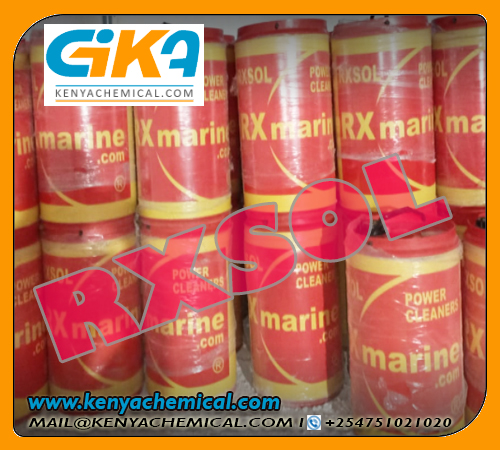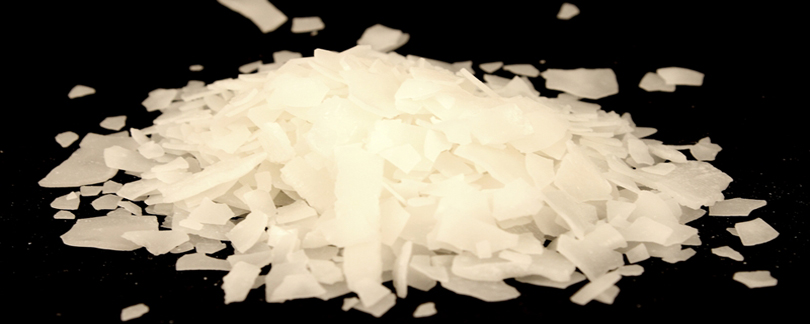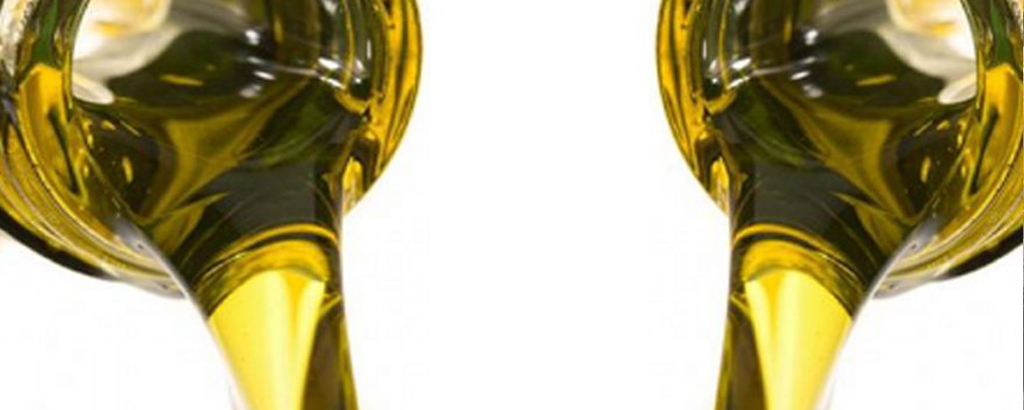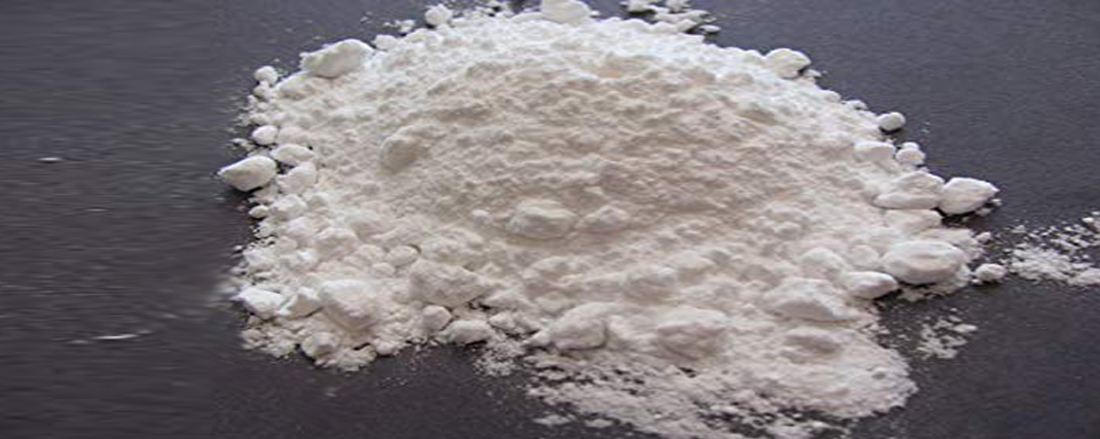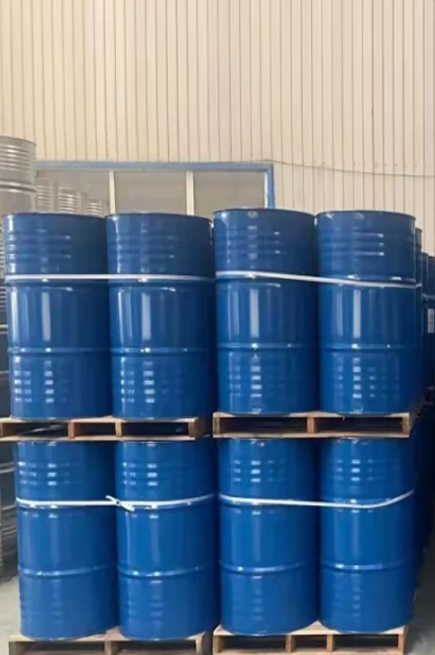ETHYLENE DI CHLORIDE EDC supplier in Mumbai, Fujairah, Dubai, Chennai, Sharjah, Visakhapatnam, Gandhidham, Muscat, Kolkata Abudhabi UAE Middle East
Ethylene dichloride (EDC), is a chlorinated hydrocarbon. It is a colourless liquid with a chloroform-like odour. The most common use of 1,2-dichloroethane is in the production of vinyl chloride, which is used to make polyvinyl chloride (PVC) pipes, furniture and automobile upholstery, wall coverings, housewares, and automobile parts. 1,2-Dichloroethane is also used generally as an intermediate for other organic chemical compounds, and as a solvent. It forms azeotropes with many other solvents, including water (at a boiling point of 70.5 °C or 158.9 °F or 343.6 K) and other chlorocarbons.
1,2-Dichloroethane is toxic (especially by inhalation due to its high vapour pressure), highly flammable, and possibly carcinogenic. Its high solubility and 50-year half-life in anoxic aquifers make it a perennial pollutant and health risk that is very expensive to treat conventionally, requiring a method of bioremediation.
Other uses:
As a good polar aprotic solvent, 1,2-dichloroethane could be used as degreaser and paint remover but is now banned from use due to its toxicity and possible carcinogenity. As a useful 'building block' reagent, it is used as an intermediate in the production of various organic compounds such as ethylenediamine. In the laboratory it is occasionally used as a source of chlorine, with elimination of ethene and chloride.
Via several steps, 1,2-dichloroethane is a precursor to 1,1,1-trichloroethane, which is used in dry cleaning. Historically, 1,2-dichloroethane was used as an anti-knock additive in leaded fuels to scavenge lead from cylinders and valves preventing buildup .
Product Safety
EDC is a highly flammable, toxic and possibly carcinogenic product. It causes skin, eye and respiratory irritation. For more details and information on precautions to be taken, please refer to our Material Safety Data Sheet which is available on request.
|
ETHYLENE DICHLORIDE |
||
|
Test |
Unit |
Results |
|
Appearance |
- |
Colourless Clear Liquid |
|
Moisture |
ppm |
<200 |
|
Acidity as HCL |
ppm |
<10 |
|
Iron |
ppm |
<1.0 |
|
Non Volatile Residue |
ppm |
<100 |
|
Free Chlorine |
ppm |
NIL |
|
Light ends |
ppm |
<500 |
|
Heavy ends |
ppm |
<1250 |
|
1 : 2 EDC |
% |
>99.85 |
| PRODUCT NAME | : | ETHYLENEDICHLORIDE |
| CAS number | : | 107-06-2 |
| UN number | : | 1184 |
| Formula | : | CH2CICH2CI |
| Odour | : | CHOLOROFORM LIKE |
| Solubility in water | : | SLIGHT |
| Density | : | 1.255 at 20 oC |
| Boiling point | : | 84 oC |
| Melting point | : | -36 oC |
| Viscosity | : | |
| Flashpoint | : | 13 oC |
| Explosive limits | : | 6.2 – 16 Vol% |
| Vapour pressure | : | 87 mbar at 20 oC |
| Skin absorption/irritation | : | YES |
| TLV Country NL Year 1995 | : | 50 ppm 200 mg/m3 |
| Pollution category 1994 | : | B |
Vinyl chloride monomer (VCM) production:
Approximately 95% of the world's production of 1,2-dichloroethane is used in the production of vinyl chloride monomer (VCM, chloroethene) with hydrogen chloride as a byproduct. VCM is the precursor to polyvinyl chloride.
- Cl−CH2−CH2−Cl → H2C=CH−Cl + HCl
The hydrogen chloride can be re-used in the production of more 1,2-dichloroethane via the oxychlorination route described above.
EDC is used primarily as a raw material in the manufacture of vinyl chloride monomer (VCM). The vinyl chloride, in turn is used to manufacture polyvinyl chloride (PVC) resin. EDC is also used as an intermediate in the manufacture of chlorinated and fluorinated compounds.

